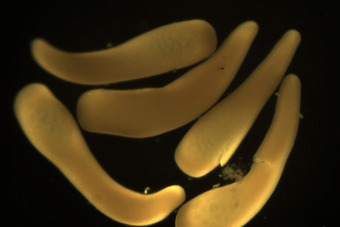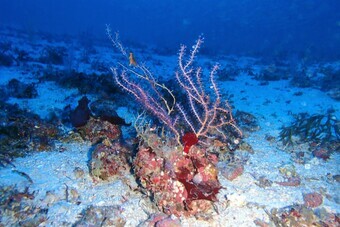Publications:
Grinyó et al. 2018
This study examined the sexual reproductive cycle, energy storage and metabolic requirements of a Mediterranean gorgonian in a mesophotic ecosystem (~70 m depth). Paramuricea macrospina resulted to be a gonochoric internal brooding species with a 1:1 population sex ratio. Oogenesis lasted ~12–14 months, whereas spermatogenesis was significantly shorter, only lasting 6 months. Fertilization occurred during late summer (August) and larval release occurred during autumn (September–October). The organic matter and total lipid content showed a slight seasonal variability. Stable isotopic composition remained constant throughout the year, reflecting a general stability in gorgonian food sources. Conversely, the free fatty acid composition varied seasonally, reflecting changes in P. macrospina energetic demands probably related to gametogenesis and larval brooding. The reproductive ecology and biochemical composition of P. macrospina significantly differ from shallow coastal gorgonian species, reflecting the higher environmental stability of deeper environments.
60- 75 m
Mesophotic “mentions”
12 x (total of 4688 words)
Classification
* Presents original data
* Focused on 'mesophotic' depth range
* Focused on 'temperate mesophotic ecosystem'
Fields
Ecology
Reproduction
Focusgroups
Octocorallia (Soft Corals)
Locations
Spain - Mediterranean Sea
Platforms
SCUBA (open-circuit or unspecified)
Fishing








_crossing_a_P._macrospina_meadow_at_night.jpg)